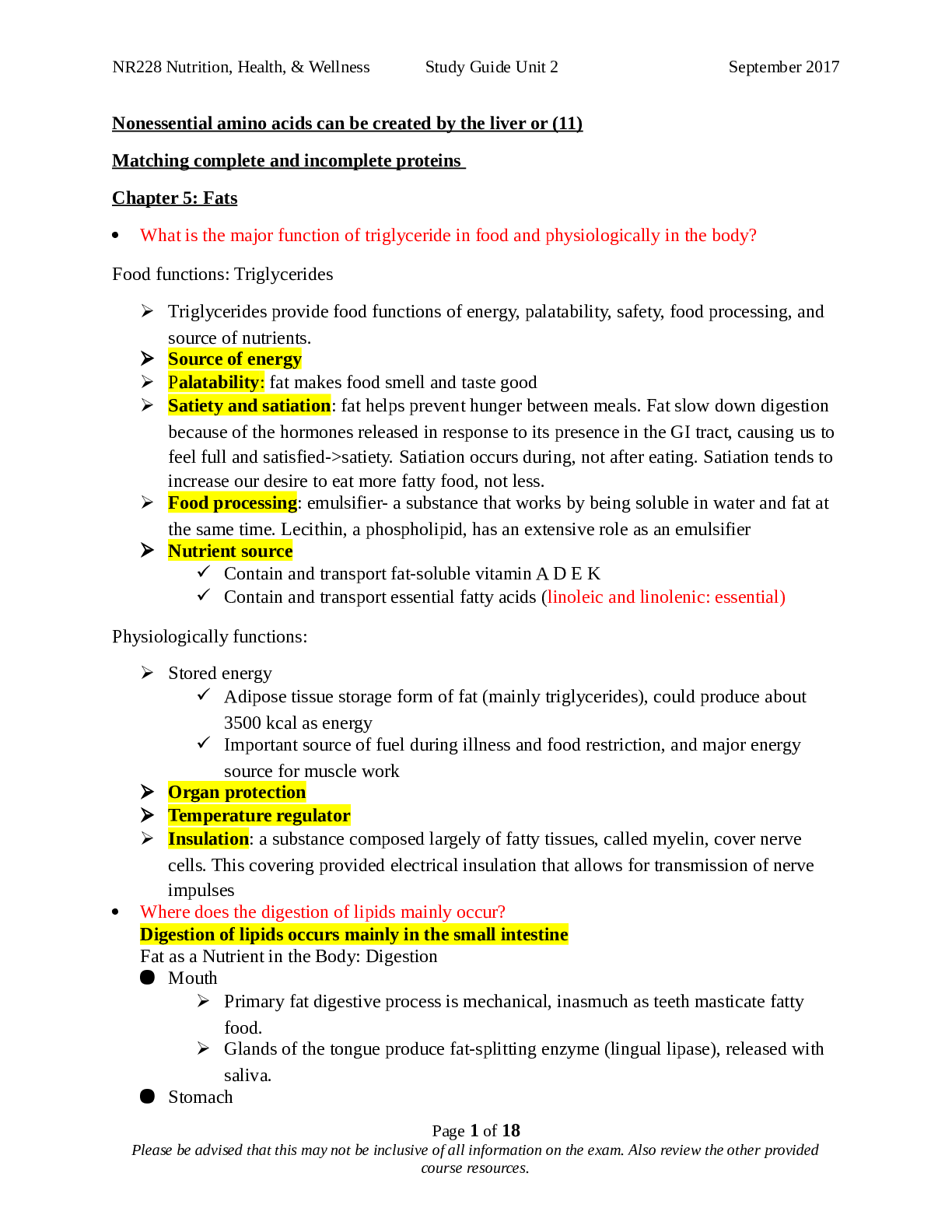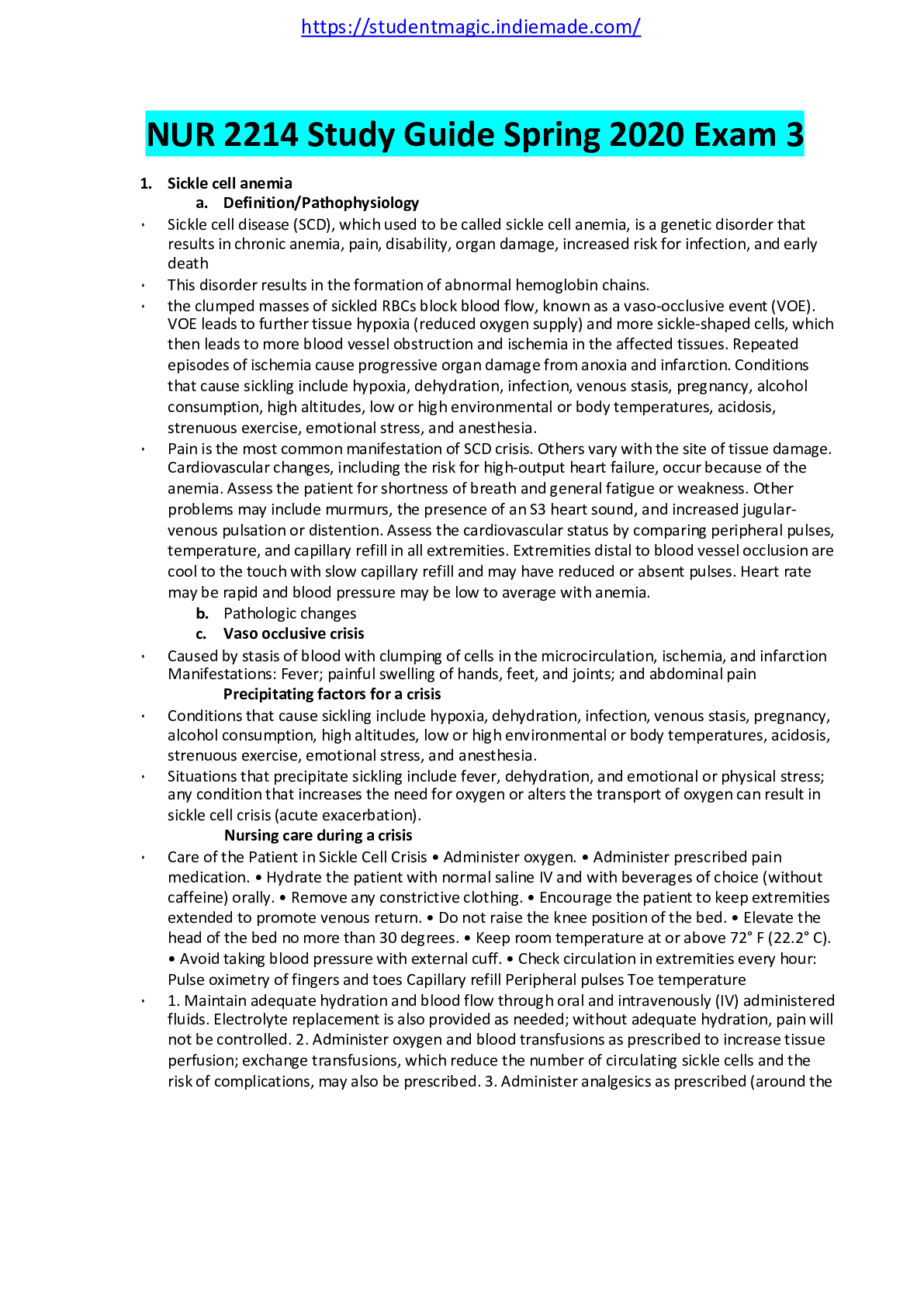Astronomy > STUDY GUIDE > University of Texas, Rio Grande Valley - ASTRONOMY 140211 Celestial Globe-online (All)
University of Texas, Rio Grande Valley - ASTRONOMY 140211 Celestial Globe-online
Document Content and Description Below
Celestial Globe with SFA Star Charts Astronomy 1402 - Online This lab uses SFA Star Charts (pages 4-9), courtesy of the “SFA Observatory, www.observatory.sfasu.edu” The purpose of this labora... tory activity is to learn the basic terms and abbreviations used in the celestial sphere and its coordinate system. Part 1: Background The celestial globe (see Figure 1) is one of the oldest tools in Astronomy. Several thousand years ago humans thought the stars and other celestial bodies were affixed to the inner surface of a great celestial sphere that surrounded the Earth and turned daily carrying the Sun, Moon, planets, and stars around it. Modern humans realize there is no real celestial sphere and that the stars and galaxies are distributed throughout space at various distances. Nevertheless, it is still convenient to imagine that the sky is a sphere of great radius with the Earth a tiny object at the center. The celestial globe is a model of this sphere as it would appear if we were viewing it from within the globe. Figure 1 – Celestial Globe Vocabulary North Celestial Pole and South Celestial Pole Notice that the globe is pivoted at the North Celestial Pole “Pn”, and at the South Celestial Pole “Ps” (see Figure 2). These are points on the sky resulting from the intersection of the Earth’s rotation axis and the Celestial Sphere. These points are the extensions of Earth’s North and South Pole onto the Celestial Sphere.Celestial Equator Halfway between the celestial poles lays the celestial equator- the intersection of the plane of the Earth’s equator and the celestial sphere. Notice that the Sun, the Moon, and the planets are not shown on the globe. Because of their distance from the earth, they do not appear to have fixed positions on the celestial sphere. The Right Ascension (R.A.) is marked along the celestial equator. As the Sun moves eastward along the ecliptic, it eventually crosses the celestial equator as it goes from the southern half of the sky into the northern half. This point of intersection is called the vernal equinox, and the Sun arrives there around March 21, the beginning of spring. The word vernal comes from the Latin word for green, thus “spring-like”, and equinox refers to equal lengths of day and night. The reason the Sun appears to move eastward is because the Earth rotates from West to East. We should remember that the Sun rises in the East and sets in the West no matter where you are on planet Earth. Perhaps it is convenient at this point you put the celestial globe in such a form that the North Celestial Pole points straight up, so you can visualize the northern hemisphere, the ecliptic and the southern hemisphere. Figure 2 - The North Celestial Pole (Pn), the South Celestial Pole (Ps), the Celestial Equator and the Ecliptic on the Celestial Globe Ecliptic The apparent path of the Sun, called the Ecliptic (see Figure 2), is shown inclined 23.5o with respect to the Celestial Equator. This inclination is the result of the tilt of the Earth’s axis, and is the cause of our seasons. The Ecliptic might also be thought of as the projection of the plane of the Earth’s orbit onto the Celestial Sphere. Months and days of the year are marked off along the Ecliptic so that you can locate the position of the Sun on any day of the year. On the Celestial Globe, the Ecliptic is easily found by looking at the gold ball, which represents the Sun, or by looking at the golden targets “” along the Ecliptic, which represents the position of the Sun with respect to the celestial sphere during different times of the year. p. 2 [Show More]
Last updated: 1 year ago
Preview 1 out of 11 pages

Reviews( 0 )
Document information
Connected school, study & course
About the document
Uploaded On
Apr 15, 2021
Number of pages
11
Written in
Additional information
This document has been written for:
Uploaded
Apr 15, 2021
Downloads
0
Views
68


.png)
.png)






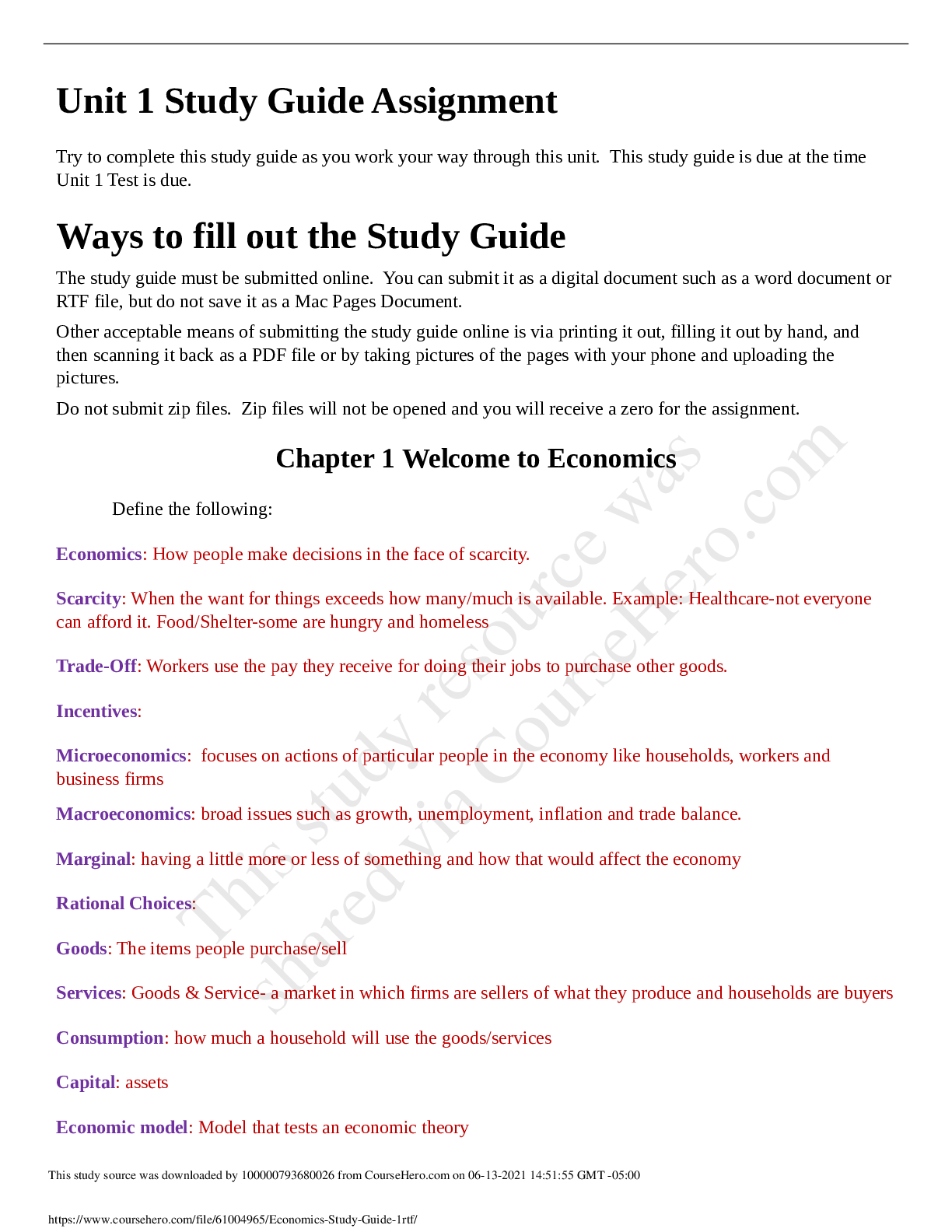



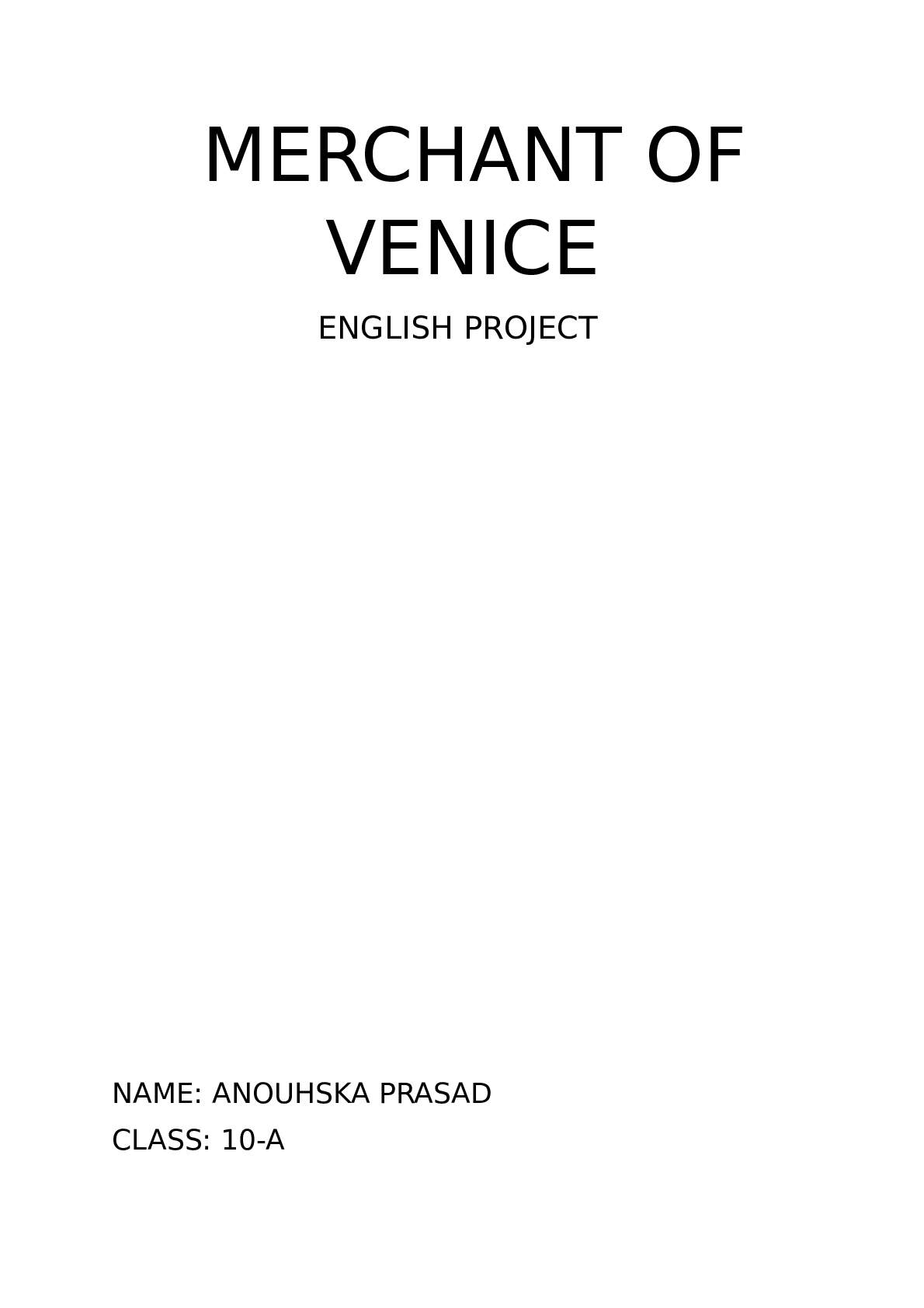
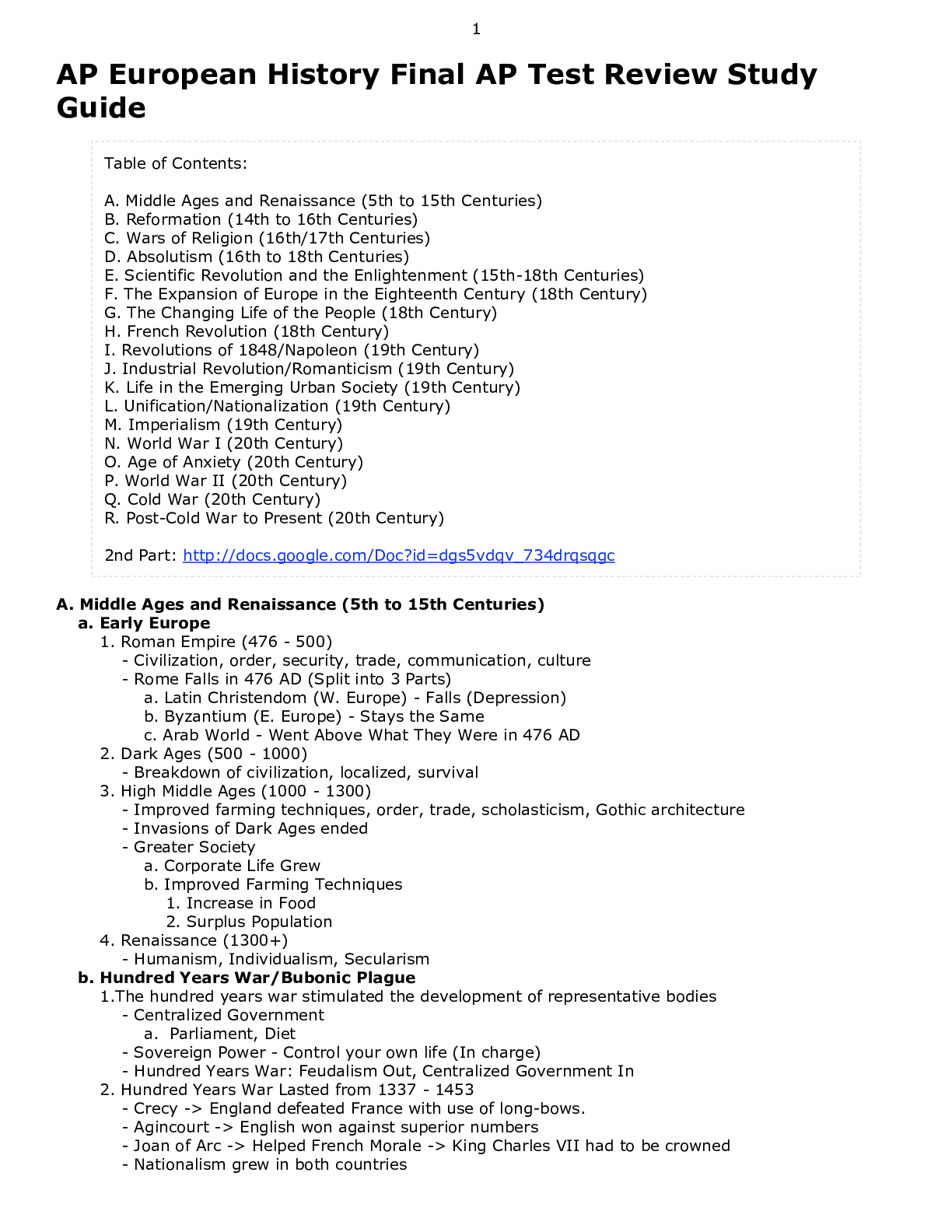








.png)





